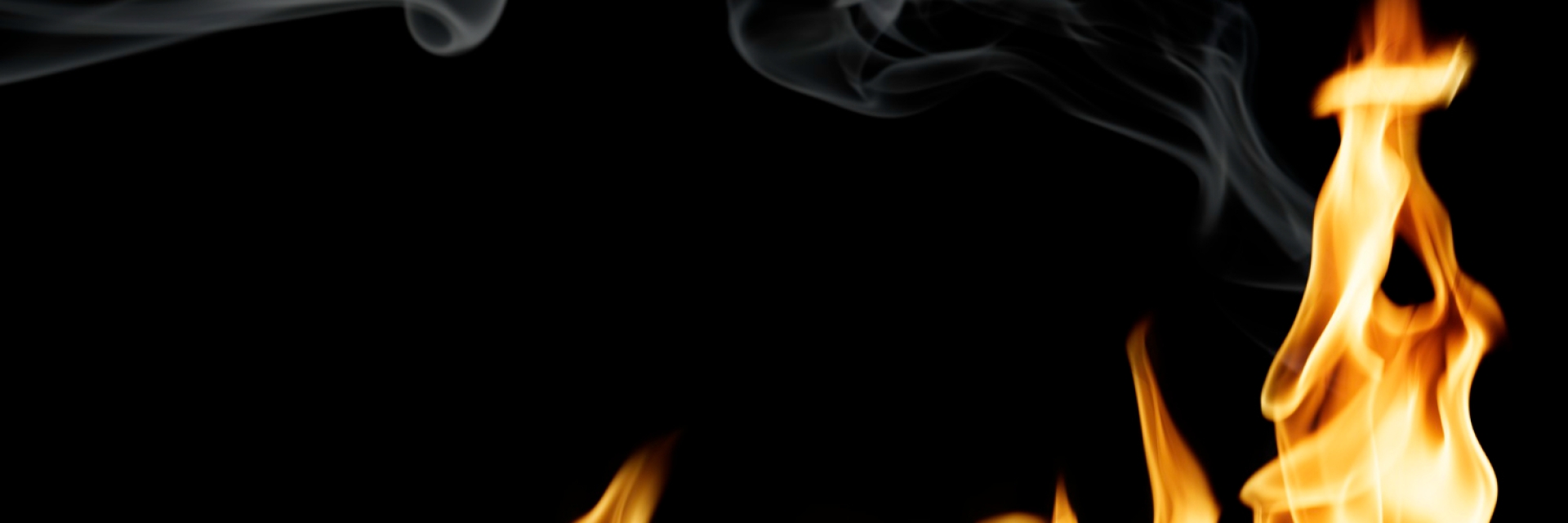Have you ever witnessed a fire scene? The fire accidents we commonly see in the media depict menacing flames engulfing buildings. The sight of raging fire alone evokes fear. However, the truth is that the harm caused by toxic gases resulting from a fire is more significant than burns caused by heat. About 75-80% of the causes of death among fire victims are not directly related to the flames themselves but rather to smoke, toxic gases, or oxygen depletion. So, do the toxic gases generated by a fire completely disappear after the fire is extinguished?
Toxic gases produced during a fire disperse in the air in the form of particles. When these particles are absorbed by the respiratory system or mucous membranes, they transform into toxic substances that gradually damage the body. Not only do gases like carbon monoxide, nitrogen dioxide, sulfur gas, formaldehyde, and benzene directly induce illnesses, but the variety of toxic gases, such as hydrogen cyanide and phosgene, that pose a threat to the human body even in minute amounts, is increasing day by day. Moreover, there is a more frightening aspect: the fact that lethal toxic gases persist even after the fire has been extinguished.
The International Agency for Research on Cancer (IARC) classifies firefighting as Group 2B (Possibly carcinogenic to humans) due to the presence of various chemicals. Through meta-analysis, they reported an increased risk of testicular cancer, prostate cancer, and non-Hodgkin's lymphoma among firefighters. In domestic research institutes, significant increases in colorectal cancer, kidney cancer, bladder cancer, non-Hodgkin's lymphoma, and hematopoietic system cancer were observed among domestic firefighters. This proves that even if hazardous substances do not immediately cause problems, they can have negative effects on health at some point.
During fire accidents, it is important not to feel relieved just because the flames have been extinguished. According to the "Basic Research on Analysis of Hazardous Substances in Respiratory Gases at Fire Investigation Sites," concentrations of total volatile organic compounds and nitrogen dioxide exceeded the standard levels when measured at the fire scene around two days after the fire occurred. The harmful gas formaldehyde was also detected at dangerous levels. It means that invisible gases still linger at the accident site.
Therefore, until the lingering toxic gases are completely eliminated, it is crucial not to lower our guard and make every effort to restore the environment to its previous state. To effectively remove toxic gases at the fire scene, thorough investigation and measures addressing various factors (such as contaminated building materials) that serve as the source of residual hazardous gases are necessary. Concurrent efforts to improve indoor air quality are also essential.
References
- A Study on Carbon Monoxide and Other Gases During the Fire Test


